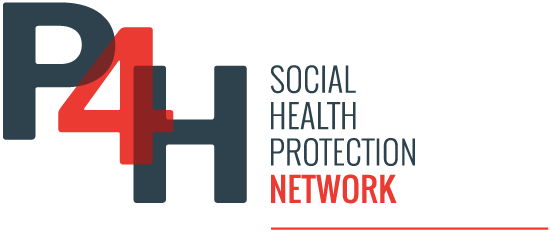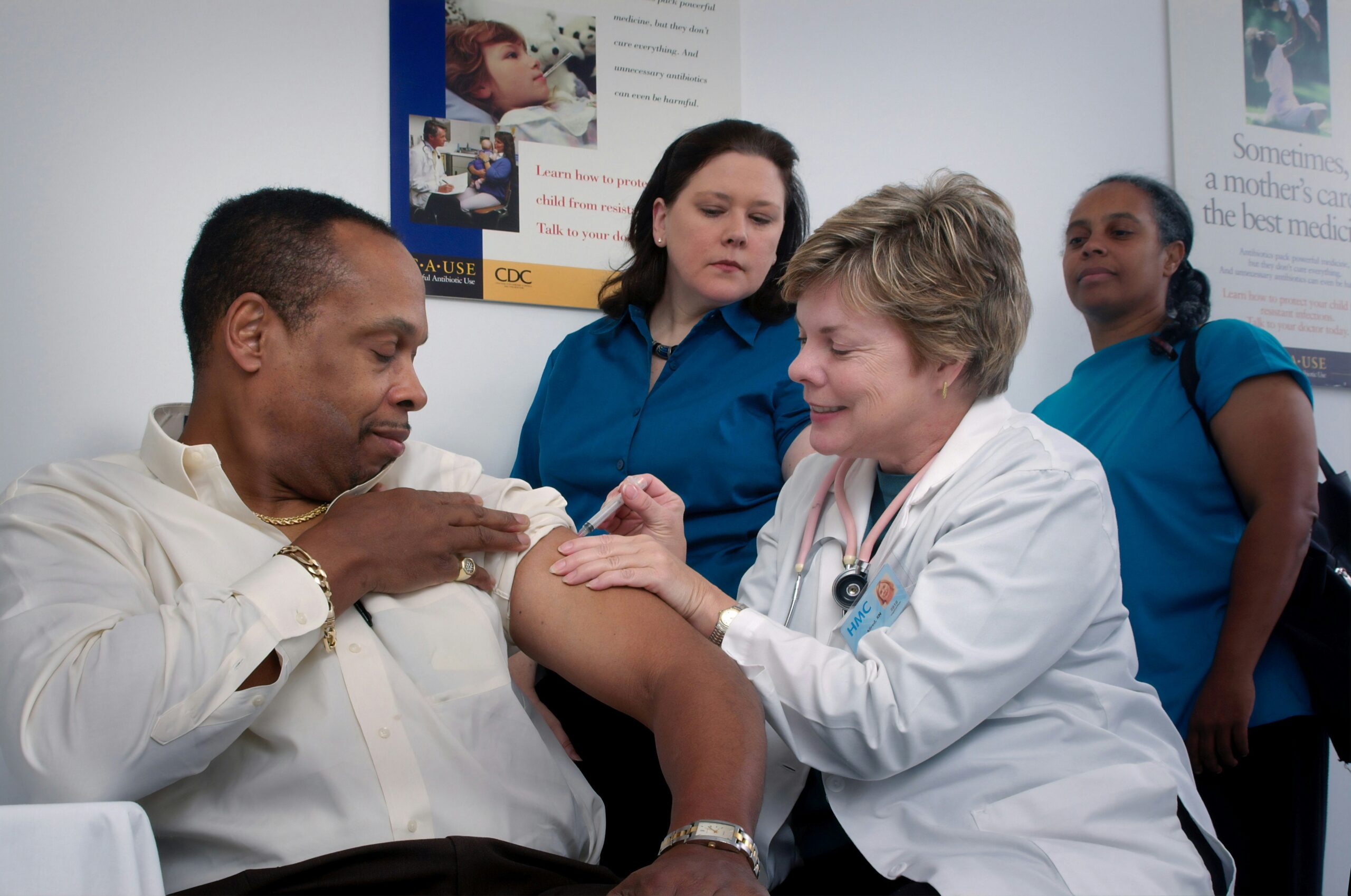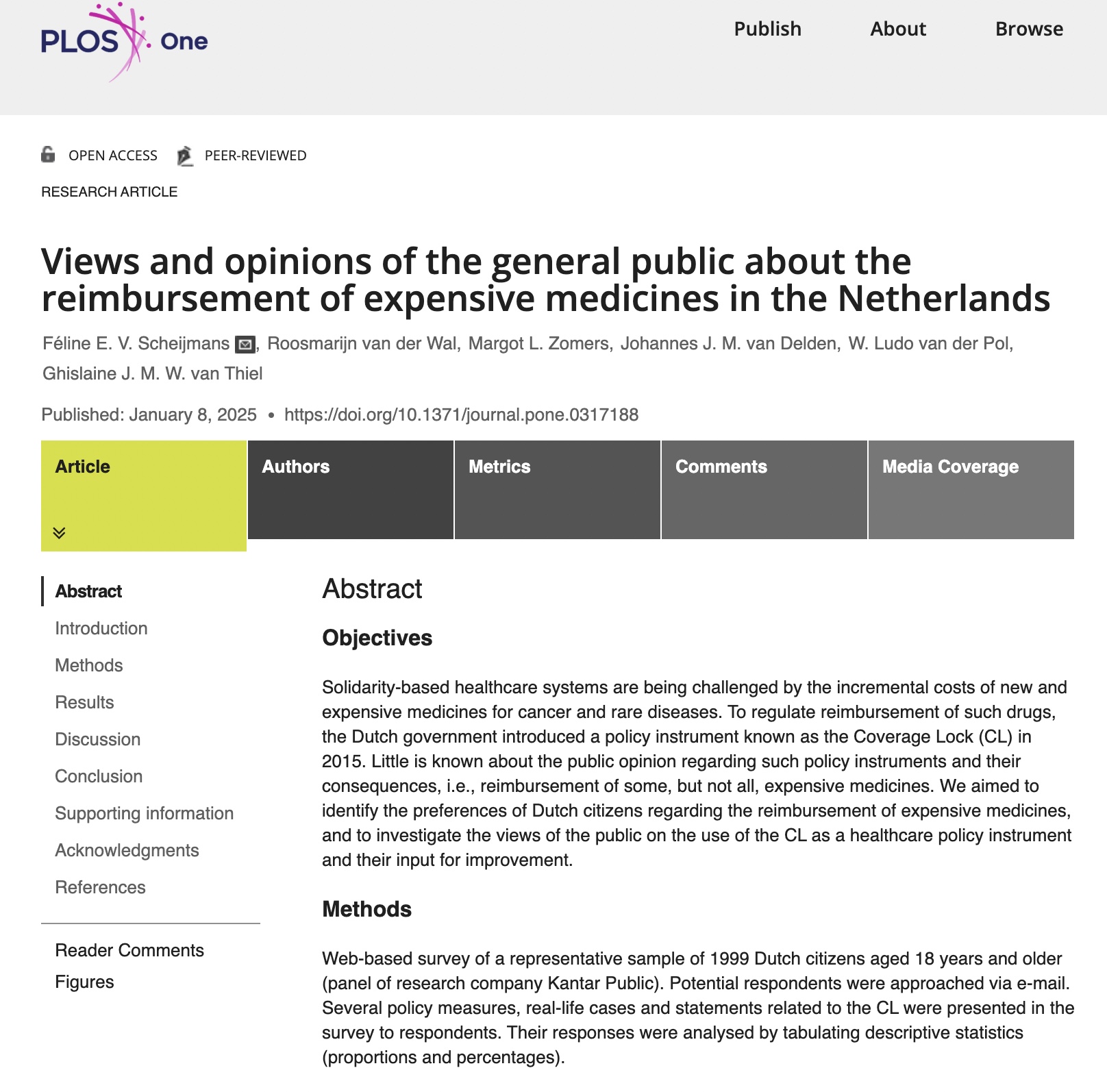The Kingdom of the Netherlands, a high-income country in northwestern Europe, had a population of 17.9 million people as of 2023. Life expectancy at birth was 82 years in 2022.
The country’s national health insurance programme was first rolled out in 1941, “reflecting the German Bismarck model of public and private health insurers”. Furthermore, the 2006 Health Insurance Act “merged the traditional public and private insurance markets into one universal social health insurance program underpinned by private insurance and mandatory coverage”.
According to the National Healthcare Institute in country, the principles guiding the Dutch health care system include access to care for all, solidarity through compulsory medical insurance and high-quality health care services. The Dutch health care system is governed by four basic health care related acts that define four insurance schemes. Together, these four schemes constitute coverage for health care and related social services:
- Health Insurance Act [Zorgverzekeringswet]
- Long-term Care Act [Wet langdurige zorg]
- Social Support Act [Wet maatschappelijke ondersteuning]
- Youth Act [Jeugdwet]
As described by the Organisation for Economic Co-operation and Development and in Country Profile: Netherlands 2023, from the European Observatory on Health Systems and Policies, the Health Insurance Act allows competing health insurers to administer an insurance system for curative medical care, including most specialist care (inpatient and outpatient), primary care, pharmaceuticals and medical devices, as well as some adult mental health care services, allied care services and community nursing. It “mandates all residents to purchase insurance encompassing a government-defined benefits package” and “insurers are obliged to accept all applicants, engaging in negotiations and contracting with providers based on quality and cost considerations”. Health insurers also provide voluntary supplemental insurance (see Country Profile: Netherlands 2023), which 84% of the population uses, to cover care not covered in the basic package. This voluntary insurance typically covers adult dental care, vision care and drug copayments.
The scheme set by the Long-term Care Act “entails a single-payer social insurance system for long-term care, administered regionally by the dominant health insurer in each area” (see Country Profile: Netherlands 2023):
This scheme covers long-term, often residential, care that should be available 24 hours a day. The third scheme (Social Support Act) is a tax-funded social care scheme implemented by municipalities and covers social care at people’s home or in small-scale settings. Lastly, the fourth scheme (Youth Act) covers support, assistance and social care for children and adolescents, overseen by local authorities and encompassing a spectrum from general prevention to specialised voluntary or compulsory care. Health services are mostly provided by private non-profit providers, and most physicians are self-employed. On top of these four schemes, the Public Health Act covers public health, prevention and control of infectious diseases.
All residents and nonresidents must purchase statutory health insurance. Adults choose a policy from private insurers, which “are required to accept all applicants” and “pay premiums, annual deductibles, and coinsurance or copayments on select services and drugs”, while children under 18 are covered by the government. As a result, as explained in Country Profile: Netherlands 2023), virtually the entire Dutch population (99.9%) is covered.
Financing is primarily public, through premiums, tax revenues and government grants. Health spending in the Kingdom of the Netherlands is publicly funded at the level of 85% of total current health expenditure that WHO recommends, with limited out-of-pocket spending and active use of voluntary health insurance, as described in Country Profile: Netherlands 2023 below:
In 2021, health expenditure in the Netherlands reached an unprecedented 11.3% of GDP, a level slightly above the EU average of 11%. On a per capita basis (adjusted for differences in purchasing power), health expenditure in the country amounted to EUR 4 570, surpassing the EU average by over 13%. Government and compulsory insurance schemes funded 85% of health expenditure – a higher share than the EU average of 81%. … [T]he share of health spending financed out of pocket remained low, at 9.3% relative to the EU average of 14.5%. The remainder of health expenditure in the Netherlands was funded through voluntary health insurance, which covers services outside of the standard benefits package, such as adult dental care and physiotherapy. … In 2022, only 0.2 % of the Dutch population reported unmet needs for medical care either due to excessive costs, travel distance or waiting times – the lowest proportion across EU countries.
Among recent reforms, the government focuses on policies “to improve the long-term sustainability of health care financing”.


